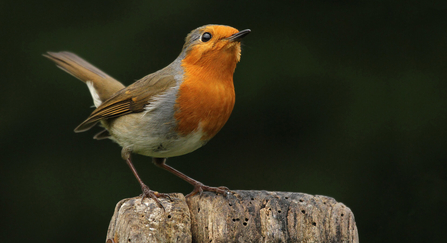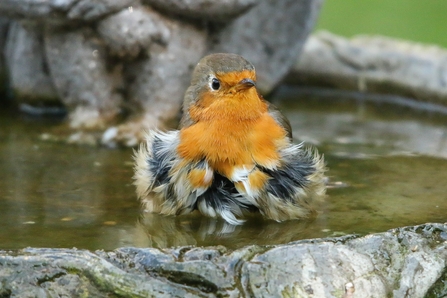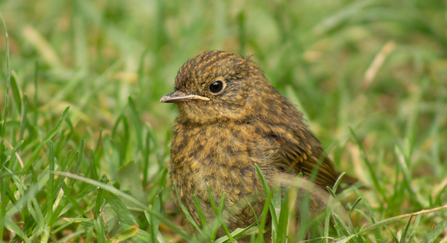With the British weather changing from sub-zero temperatures one day to double digits the next, it is little wonder that we – and our wildlife comrades – might be observing our calendars and internal body clocks with some confusion.
Whether the view beyond your window depicts blue skies and sunshine or misty rooftops covered in frost, a burst of colour from a robin is a welcome sight – and one we are blessed with seeing all year round.




